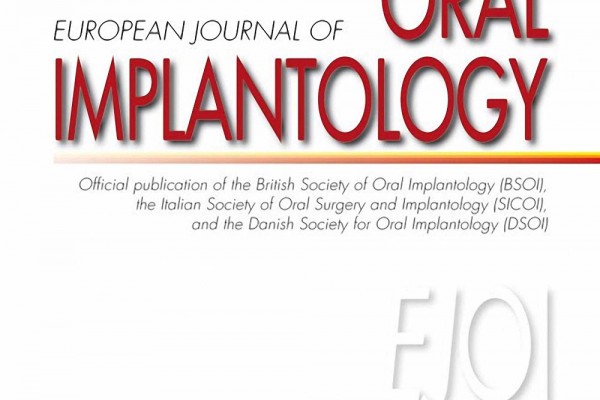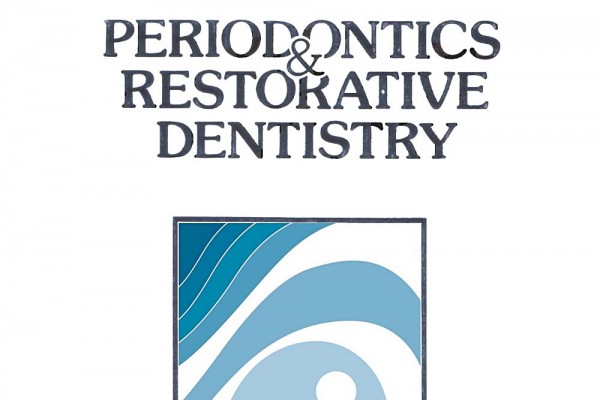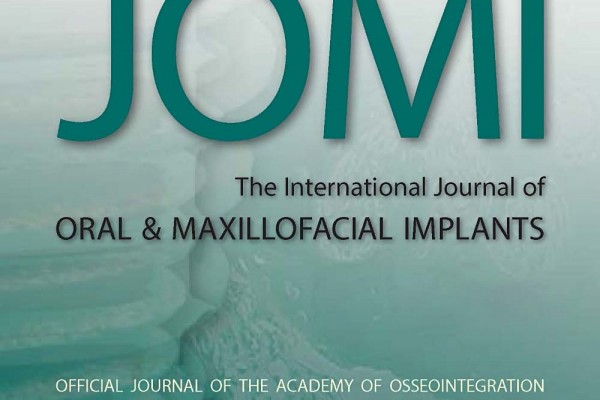Vertical ridge augmentation with autogenous bone grafts 3 years after loading: resorbable barriers versus titanium-reinforced barriers. A randomized controlled clinical trial.
Source
Oral and Maxillofacial Surgery, School of Dentistry, University of Manchester, United Kingdom.
Abstract
PURPOSE:
To compare the efficacy of two different techniques for vertical bone regeneration at implant placement with particulated autogenous bone at 3 years after loading: resorbable collagen barriers supported by osteosynthesis plates and nonresorbable titanium-reinforced expanded polytetrafluoroethylene barriers.
MATERIALS AND METHODS:
Twenty-two partially edentulous patients requiring vertical bone augmentation were randomly allocated to two treatment groups, each composed of 11 patients. Prosthetic and implant failures, complications, the amount of vertically regenerated bone, and peri-implant marginal bone levels were recorded by independent and blinded assessors. The implant site requiring the most vertical bone regeneration was selected in each patient for bone level assessment. The follow-up time ranged from provisional loading to 3 years after loading. Analysis of covariance and paired t tests were conducted to compare means at the .05 level of significance.
RESULTS:
No patient dropped out or was excluded at the 3-year follow-up. No prosthetic failures and no implant failures or complications occurred after loading. There was no statistically significant difference in bone loss between the two groups at either 1 year or 3 years. Both groups had gradually lost a statistically significant amount of peri-implant bone at 1 and 3 years (P < .05). After 3 years, patients treated with resorbable barriers had lost a mean of 0.55 mm of bone; patients who had received nonresorbable barriers showed a mean of 0.53 mm of bone loss.
CONCLUSIONS:
Up to 3 years after implant loading, no failures or complications occurred and peri-implant marginal bone loss was minimal. Vertically regenerated bone can be successfully maintained after functional loading.
- PMID: 20657877 [PubMed – indexed for MEDLINE]




